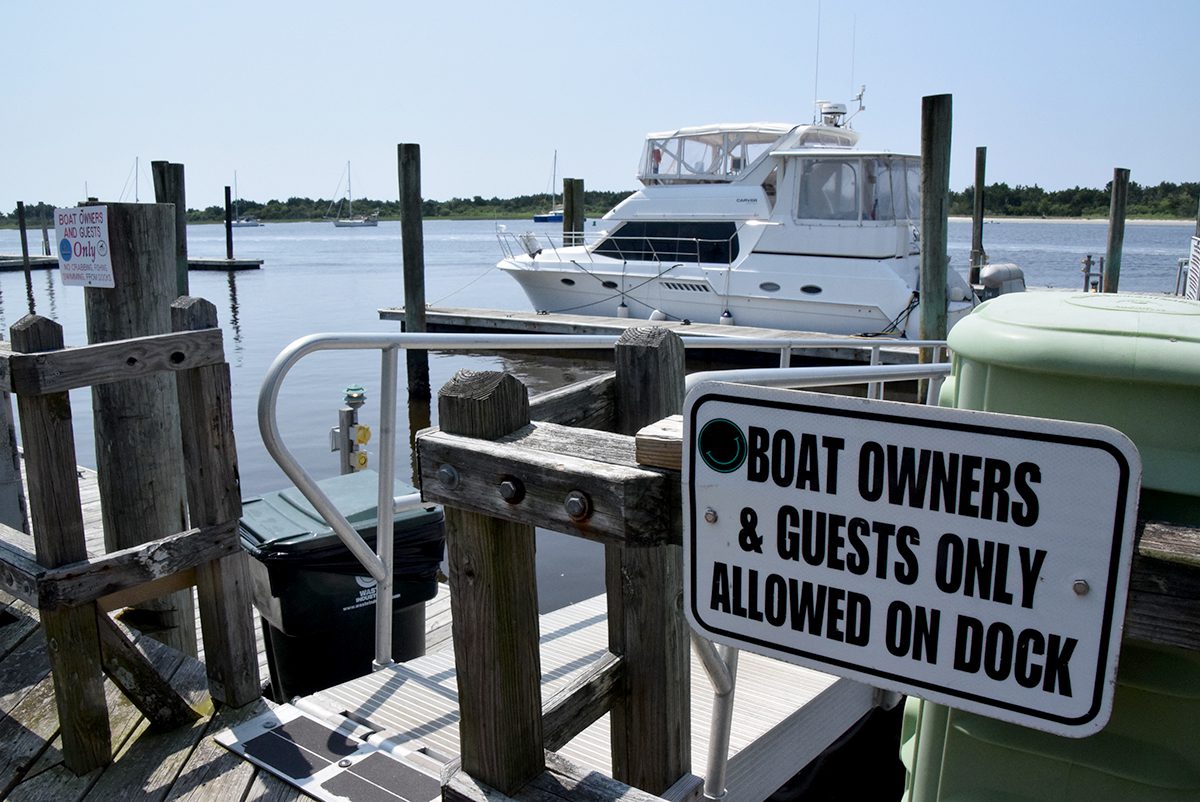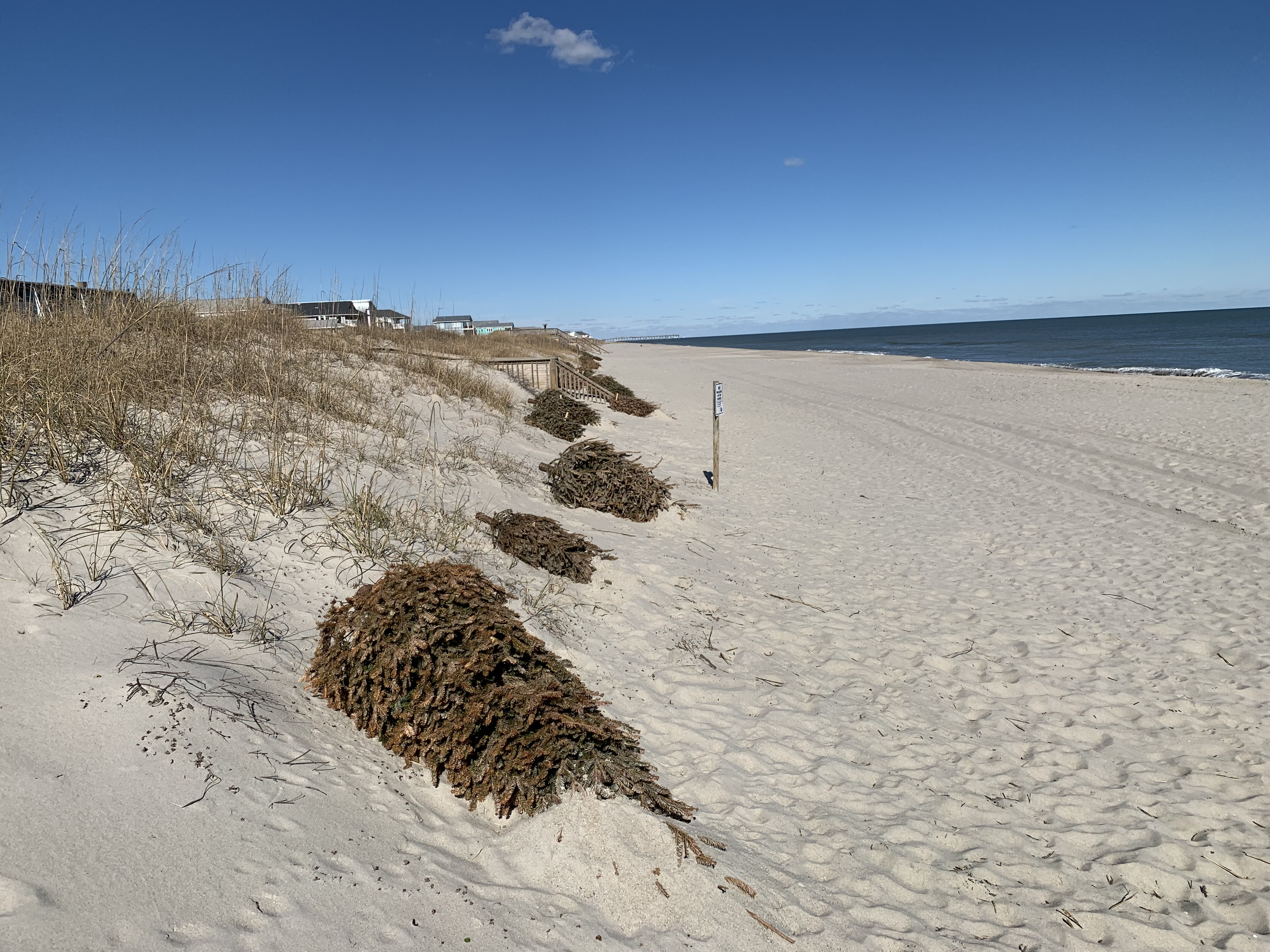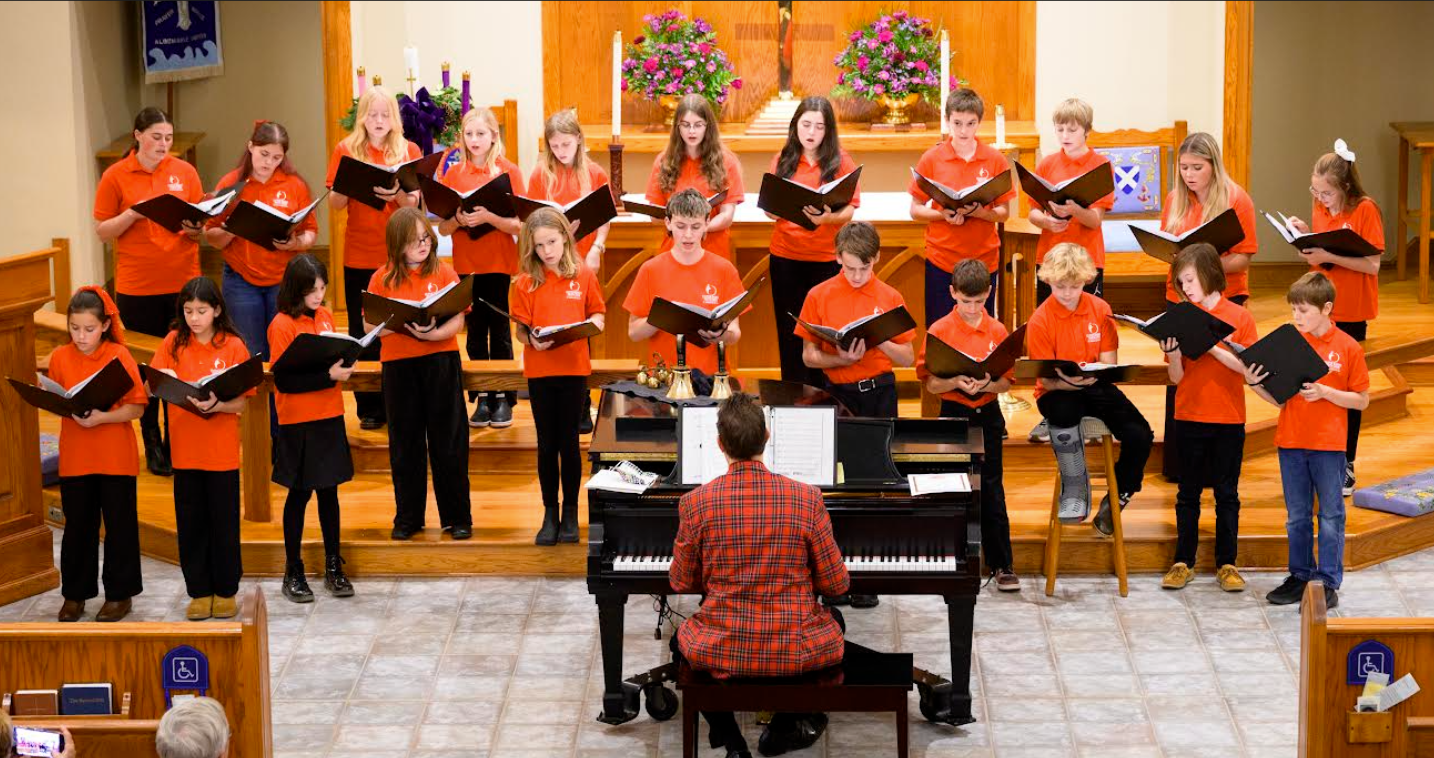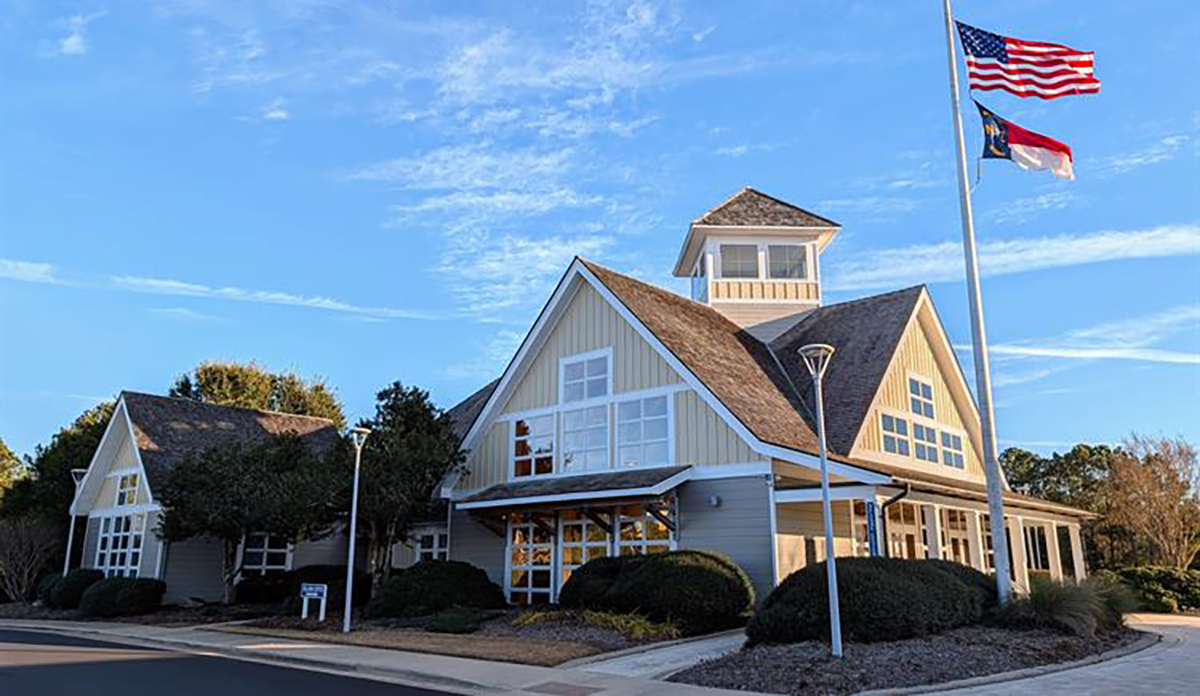
A New Hanover County forest that includes centuries-old trees has been added to a national list of threatened forests.
Sledge Forest, where bald cypress trees up to 500 years old tower over the forest floor, longleaf and loblolly pines are more than 300 years old and some of the Southeast’s largest remaining Atlantic White Cedar stand, has been added to the Old-Growth Forest Network’s national list of threatened forests.
Supporter Spotlight
The forest, one advocates point out is the last of its kind in the region, has been making headlines in recent months because it is situated within a parcel currently eyed for development.
The designation, announced Wednesday by the Alliance for Cape Fear Trees, or ACFT, and Save Sledge Forest, highlights “the urgency of preserving this irreplaceable ecological treasure,” according to a release.
“Once an old-growth forest is cleared, it cannot be replaced in our lifetimes or our children’s,” ACFT Executive Director Isabelle Shepherd stated in the release. “Sledge Forest is not just trees – it’s infrastructure. It absorbs millions of gallons of stormwater annually, reduces flooding, stabilizes soil, cools our county, and stores centuries of carbon. To degenerate and destroy it in such a way would be environmental malpractice.”
Sledge Forest rises from the banks of the Northeast Cape Fear River and sprawls thousands of acres across northern New Hanover County. It is part of the river floodplain, one of the largest landscape corridors in the southeastern part of the state.
Last year, a Charlotte-based development company submitted proposed plans to build thousands of single-family houses, a golf course, trails and a horse farm on about 1,000 acres of the 4,000-acre site that includes the forest. Much of the remaining 3,000 or so acres includes protected wetlands.
Supporter Spotlight
The forest is designated a North Carolina Natural Heritage Program Nationally Significant Natural Area, sheltering 13 imperiled plant species and seven at-risk animal species, according to the release.
The Old-Growth Forest Network is a nonprofit organization dedicated to preserving ancient forests in the nation, where, on average, fewer than 5% of original forests remain standing in the West and 1% remain in the East.
Organizations based here fighting to save the forest hope to get it designated as an area of conservation so it becomes a place for research, education and low-impact recreation.
“Let’s not make the mistake of seeing this land only as acreage to be subdivided,” Save Sledge Forest Cofounder Kayne Darrell said in the release. “It’s time for our leaders to recognize that some places are simply too valuable to destroy for development.”







